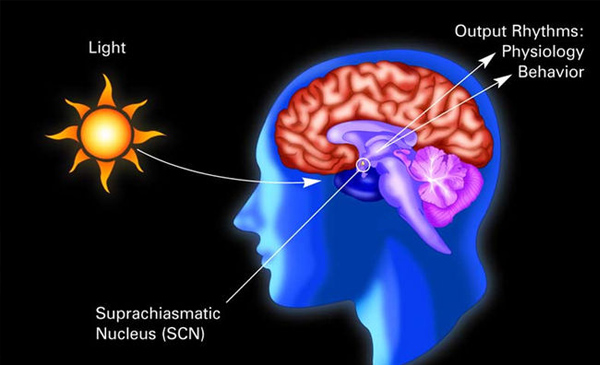
Air Travel : The Biology & The Circadian Rhythm
Tokyo ready for lunch, or that induce a fatigue so great it’s difficult to keep your eyes open, even walking down La Rambla. Yes, we’re talking about jet lag—but thankfully, solving it may not be too far off.
Looking at the biology behind the circadian rhythm, a 24-hour cycle of activity and rest controlled by hormones that determine whether or not we’re asleep or awake, scientists at the Salk Institute in California have identified a key protein that controls how strongly the cycle is enforced. While in the past various researchers have identified proteins that influence the timing and length of the circadian cycle, this most recent discovery is significant: by weakening the circadian cycle, hormone levels are in turn altered—yes, even those that wake up up our body’s internal clock. Speaking on the identification of the protein, REV-ERB?, senior author Ronald Evans put it in even simpler terms: “Whether it is Beethoven’s 9th Symphony on your stereo or the symphony of genes in our bodies, both require volume to be heard,” said Evans, director of Salk’s Gene Expression Laboratory and holder of the March of Dimes Chair in Molecular and Developmental Biology. “Our recent work describes how REV-ERB? acts as a molecular conductor to allow the volume or activity of thousands of genes to be dialed up or down.”
Evans and his team are hardly the only researchers intent on figuring out how to manage and manipulate circadian rhythm: Scientists at Japan’s Nagoya University are taking a different approach, and designed new molecules that shorten the cycle; in February, scientists from Stanford University found that “hacking” the body with flashing light could help trick the brain into an awake cycle. And while none of these results have yet to result in a cure all for jet lag, there’s hope on the horizon. Until then, we’ll just keep drinking those smoothies and spritzing homeopathic sprays under our tongue…

Sorry, the comment form is closed at this time.